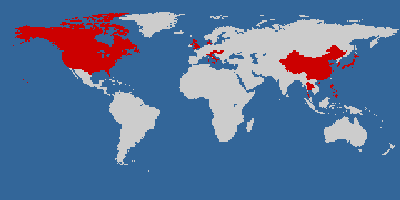Continuing from part one, here are items five to ten in my list:
6. Drink green tea. Lots of it.
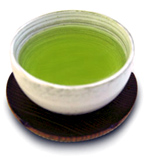
The Japanese, apart from the Chinese, are among the top consumers of green tea. For them, drinking green tea is akin to drinking water for Filipinos. Tea has long been considered to be beneficial to health, including benefits such as prevention of atherosclerosis, diabetes, etc., possible prevention of cancer due to its antioxidant component, called catechin. According to an article posted at BBC news:
These polyphenol antioxidants are found in many foods and plants, including tea leaves, and have been shown to help prevent cell damage.
Public health nutritionist Dr Carrie Ruxton, and colleagues at Kings College London, looked at published studies on the health effects of tea consumption.
They found clear evidence that drinking three to four cups of tea a day can cut the chances of having a heart attack.
Some studies suggested tea consumption protected against cancer, although this effect was less clear-cut.
Other health benefits seen included protection against tooth plaque and potentially tooth decay, plus bone strengthening.
Dr Ruxton said: “Drinking tea is actually better for you than drinking water. Water is essentially replacing fluid. Tea replaces fluids and contains antioxidants so it’s got two things going for it.”
And ladies, you may be interested to know that green tea has also been suggested as an aid for weight loss. I don’t know if there is any concrete evidence for this, but if the skinny Japanese ladies I see everyday are any proof, then by all means, I’m a green tea convert! 🙂
What is the most popular drink in the Philippines besides water? Coke, of course. Try forcing a Pinoy to eat pancit without Coke or any softdrink. You’ll get war. Tsk, tsk.
We all know and acknowledge that softdrinks are nothing but carbonated water and lots of sugar, but we Pinoys keep drinking it like it’s water. I know, bad habits die hard. I’m a Coke drinker myself. But we can always adopt new ones. Like drinking green tea. 🙂
‘Nuff said about that. Let’s move on to…
7. Clean as you go.
I’ve never been in a cleaner country than Japan. I’ve been to the States and parts of Europe, but Japanese cleanliness is the best I’ve ever seen. One of my relatives who has also lived abroad and who visited us here in Japan was equally impressed on how squeaky clean everything was. The reason for this is not because Japan has more janitors, it is because cleanliness is engrained in their habits.
Japanese people love to throw parties like hanami at the park. Amazingly, even after the wildest parties, no litters can be found afterwards. They have been disciplined, from an early age, to clean up after their mess. I personally have seen people picking up litters of trash they randomly find on the streets, even if it wasn’t theirs!
If every Filipino takes responsibility in cleaning up after his or her own mess, I don’t think places like Manila will ever have to worry about keeping the city clean. Small parts add to bigger parts. To create a big change in our society, we need to start with ourselves.
8. Be considerate of others.
Consideration for others is deeply engrained in Japanese society. When I say “consideration,” I do not mean concern, or sympathy. It refers to that manner of behavior followed so as not to cause any troubles for other persons.
Take our washing machine, for example (Ok, bear with me on this one; it doesn’t seem related at first, but you’ll see in a minute.). It has various washing settings, all seven of them. Among these is a quaint setting called “Naito,” which means “night.” This is the setting recommended when one is washing clothes at night. It operates at a lower decibel level so as to minimize the noise from the machine during nighttime use. What, you may ask, the makers even thought of that?!! I don’t know if the same setting can be found in other washing machines aside from Japan’s. But I do know that you can’t find this in washing machines in the Philippines. In my beloved country, people party on the streets all night long without caring whether they are disrupting other people’s sleep. Why would anyone bother with low-noise-operating washing machines? Such a thing is unheard of. When I was in Tondo, I had to bear with the loud noises whenever discos were held on the street just outside our house.
In Japan, you will never hear loud music being played, not even people talking out loud. Good soundproofing could very well be the reason, but I think this is also because everyone takes pains to not disrupt the peace and quiet of the neighborhood. Incidentally, the new keyboard that we bought for Aya has headphones specifically for this purpose. One can practice all day long without worrying about the sounds ever being heard next door.
9. Take work seriously.
When I was in the university, a couple of Japanese professors came over to our lab to setup a thin film deposition system. They worked rigorously on the machine until it was in working condition. Our adviser couldn’t help but remark, “Ganyan talaga ang mga Hapon. Siniseryoso nila ang trabaho nila.” That was my very first exposure the work ethics of the Japanese.
When I finally got here, I saw for myself how seriously they worked. When they say that their work starts at 9 am, they start work at 9 am. In my workplace, I seldom see them loitering the halls and making chitchats with their friends. When the signal for lunch break is heard, they drop what they’re doing, head off to the cafeteria and eat. Then they go back to work promptly at 1 pm. The end of the working day is variable, though, because most of them tend to stay longer (or linger) hours after the end of the official working hours.
If we could adopt this kind of attitude towards work in our government offices, believe me when I tell you that we could work miracles for our country.
10. Be honest.
I have heard personal accounts of items being lost along the way, on the train, park, and train stations. The items were eventually returned to their owners intact. The people who found them were kind enough to bring them to the police box for safekeeping.
A few months after coming to Japan, Baggy once lost his wallet after getting off a bus in Toyohashi. When he realized that he lost it, he went back to the place where he thought he might have dropped it. But it wasn’t there. Believing that his wallet has been hopelessly lost, he simply returned home to his place in Osaka, anxious about what to do (like renewing the “lost” ATM, student and alien cards). However, a few days later, he received a phone call from the police, asking and confirming if he has lost a wallet. What joy! He got back his wallet, everything intact, a few days later as delivered by registered mail from a friend whom he contacted in Toyohashi.
Being a newcomer, he had erroneously thought that like in the Philippines, if you lost something, you never thought about getting it back anymore. But this is Japan! While I don’t believe that all of them are necessarily honest (sorry, this isn’t Utopia), I do believe that most of them are. And upon hearing account after account of similar incidents like Baggy’s, I became more and more convinced about this.
How honest are the Japanese? Here is an interesting article about Japanese honesty.
I believe there are more, but in this list I only included ten. Why ten? Well, for one, it’s a nice number. For another, I don’t want to make this a relatively long post. 😉
And please, don’t get the idea that Filipinos habits are all bad. Filipinos have virtues worthy of emulation by other nationalities as well. Maybe I’ll make up another list about it in the future.
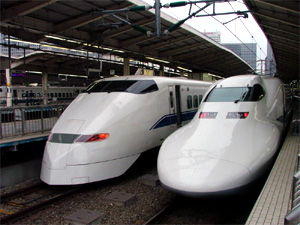
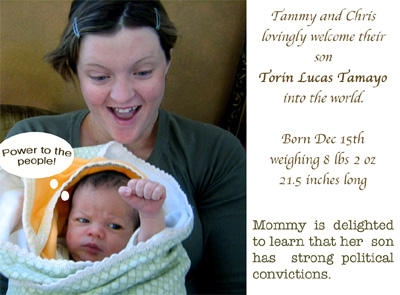
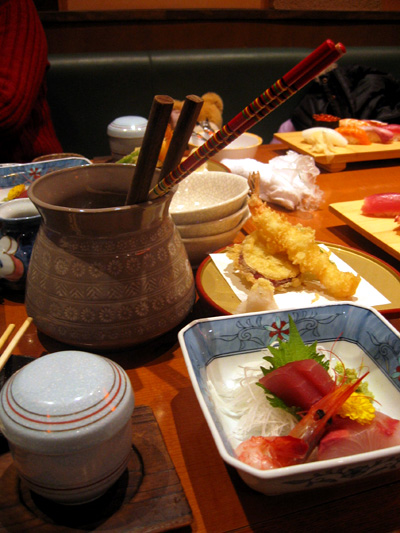


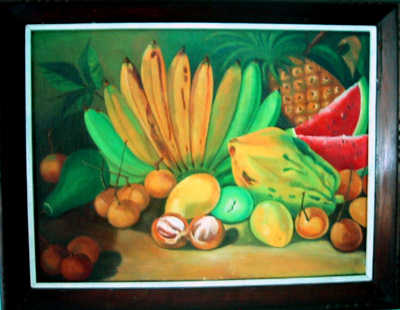
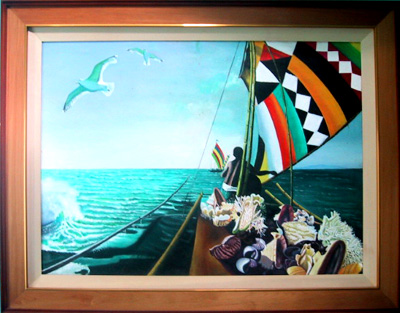
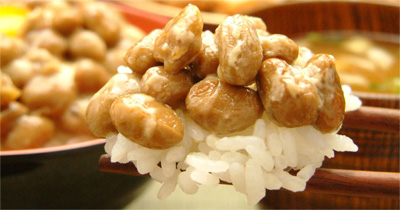

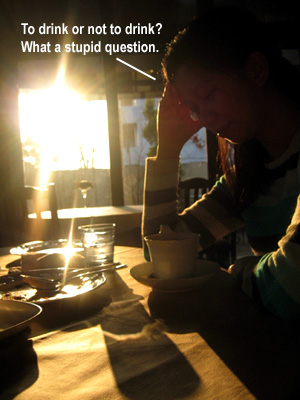
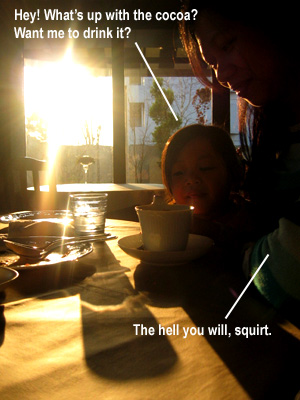

 What is Mont Blanc? I tried looking it up in
What is Mont Blanc? I tried looking it up in 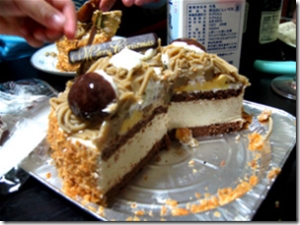 Typically, this cake is made of cupcake-shaped sponge cake, merengue, tart, etc. as crust, on top of which whipped cream is added, then dressed with cream made of chestnut made into slender noodle-like shapes, which is further arranged to form a spiral shape (to give it a mountain-like form). On top of this, slices of halved candied chestnuts are placed. There are many variations on the shape, size, and base which forms the crust, but the most common arrangement uses the noodle-shaped cream made of chestnut (or similar flavors).
Typically, this cake is made of cupcake-shaped sponge cake, merengue, tart, etc. as crust, on top of which whipped cream is added, then dressed with cream made of chestnut made into slender noodle-like shapes, which is further arranged to form a spiral shape (to give it a mountain-like form). On top of this, slices of halved candied chestnuts are placed. There are many variations on the shape, size, and base which forms the crust, but the most common arrangement uses the noodle-shaped cream made of chestnut (or similar flavors). 
